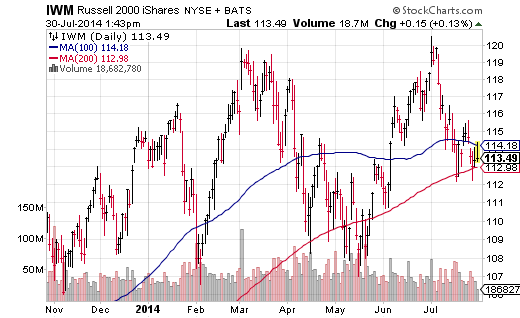Understanding Asset Allocation
Post on: 30 Июнь, 2015 No Comment

Investment advisers and the investment industry has continuously stressed the importance of diversification and asset allocation, however investors have often ignored this, as they were too busy chasing high returns. Since the market meltdown over a year ago investors have learned a hard lesson that asset allocation is vital to an investment portfolio. In this article, well take a look more closely at asset allocation and the five main investment risk profiles.
Ibbotson and Kaplan have shown that 90% of portfolio variability is due to asset allocatio. according to those stats only 10% of your portfolio performance is due to your individual securities while 90% of it is determined by how you have distributed your money. This goes to show the importance of asset allocation. Stocks and bonds are usually not correlated and move in different directions, so a mix of both will reduce your volatility and one can set off the losses in the other. The fact that having a mix of both provides a better return than just 100% stock or bonds this is known as the efficient frontier .
What is Asset Allocation
Asset Allocation is how you divide your funds between the different asset classes e.g. equities, fixed income and cash. How do you determine your asset allocation? Usually it is tied to your investor profile which you fill out with your advisor, this determines how much risk you should take.
Five Investment Risk Profiles
Once you fill out the investor profile questionnaire and determine your asset allocation you will most likely fall within one of the groups in the asset allocation model i.e. investment risk profile. These models are designed to help investors and advisor in categorizing their preferences.
1. Capital Preservation
This category is for those often with short time horizons and who are just looking to save their principle.
They may need access to the money within the next 12-24 months. This could be for house down payment, car payment, education, a trip or anything else that would require the money to be there in its whole. Often retirees will also fall in this category, as they need to preserve their capital to ensure it will last them. The goal is to protect your capital and earn a very small amount of interest.
2. Income
This portfolio is designed to generate income and not so much growth, it is often for retirees who have invested throughout their working life and are now living of their retirement funds. Often the funds will be invested in bonds, corporate bonds and government bonds, with small portions dedicated to equities. The investor is not concerned with growth but wants the safety of income hence the heavy bond weighting.
3. Balanced/Income-Growth
This is the most common category investors fall in, this portfolio is designed to contain both equities and fixed income securities. However it because it is called balanced it does not mean it is split 50/50, it often has a range. The goal of this model is to provide capital gains along with income, it is aims to reduce volatility. Pretty much anyone can fall within this category.
4. Growth
A somewhat more aggressive category, it aims to provide capital appreciation and little or no income. Typically majority of the funds will be invested in equities and very little in fixed income. A typical investor would be a young employed individual who is looking to increase their net worth and do not care much about income or capital preservation.
5. Aggressive/Speculative
This is the most aggressive category and not many investors fall in this category. I think this is more speculation than investing, the investor in this category is in for the quick buck. Funds are usually invested in small caps and emerging markets. This category is for those with a lot of risk appetite and can often end up hurting the investors.
What are your thoughts on asset allocation? What category do you belong to?














